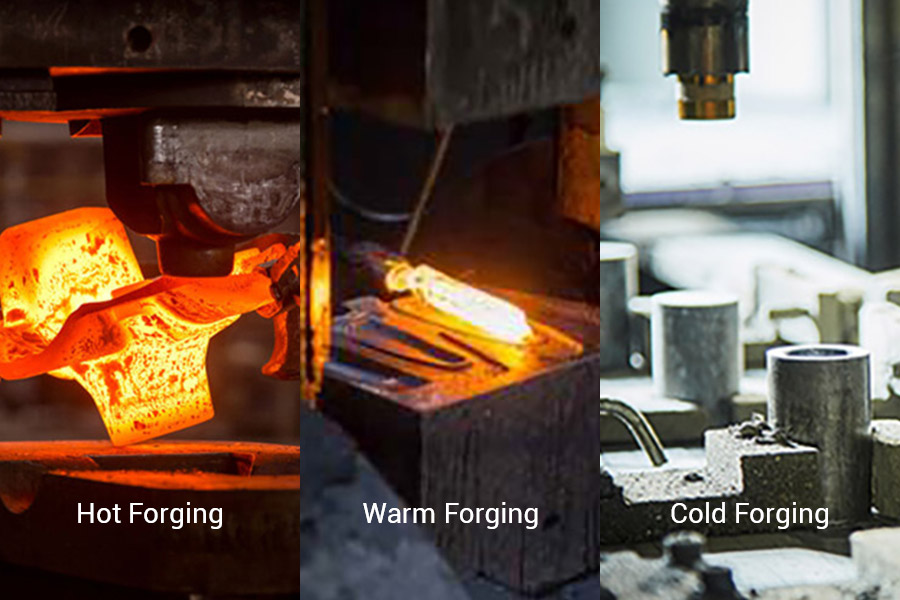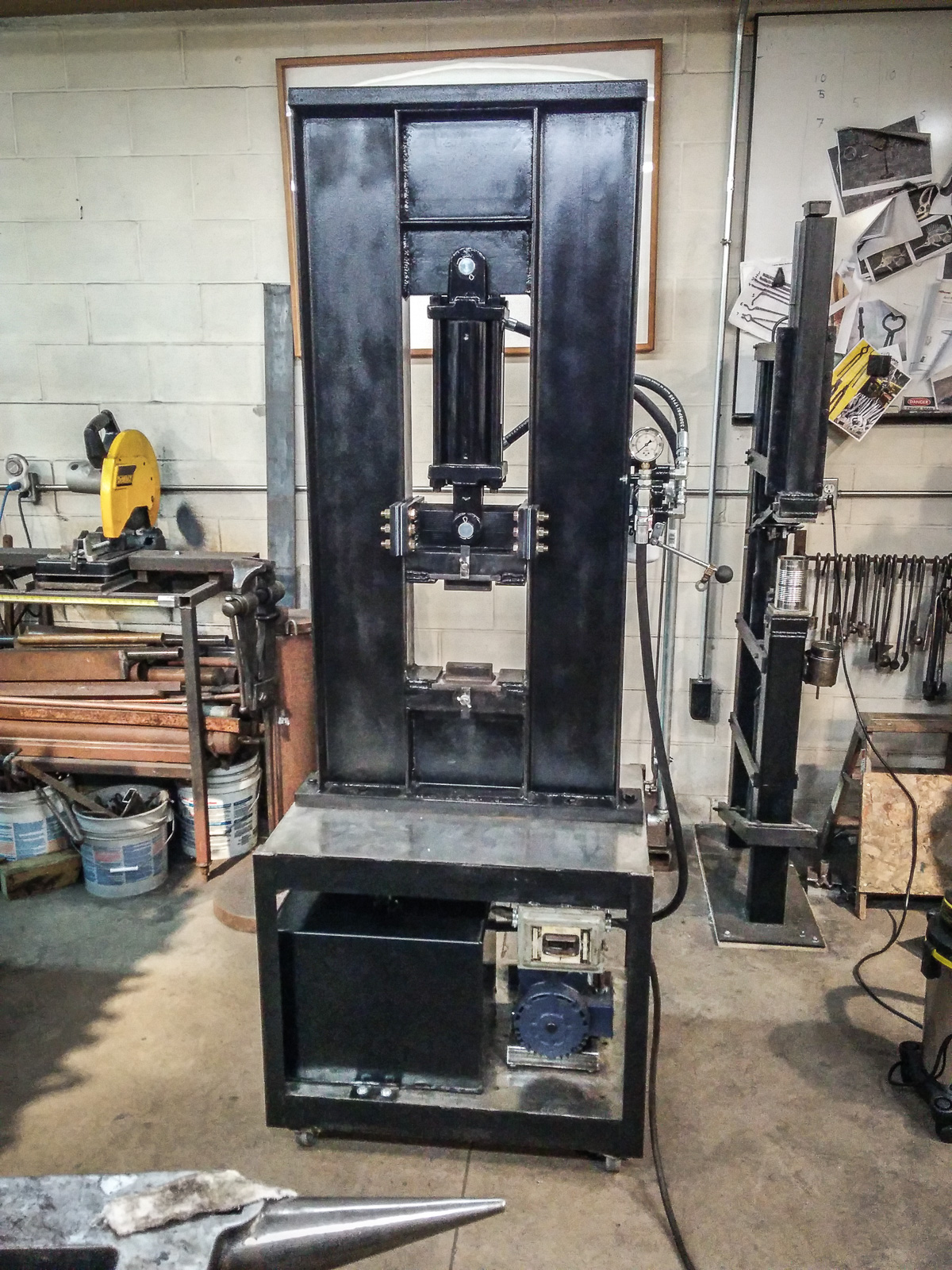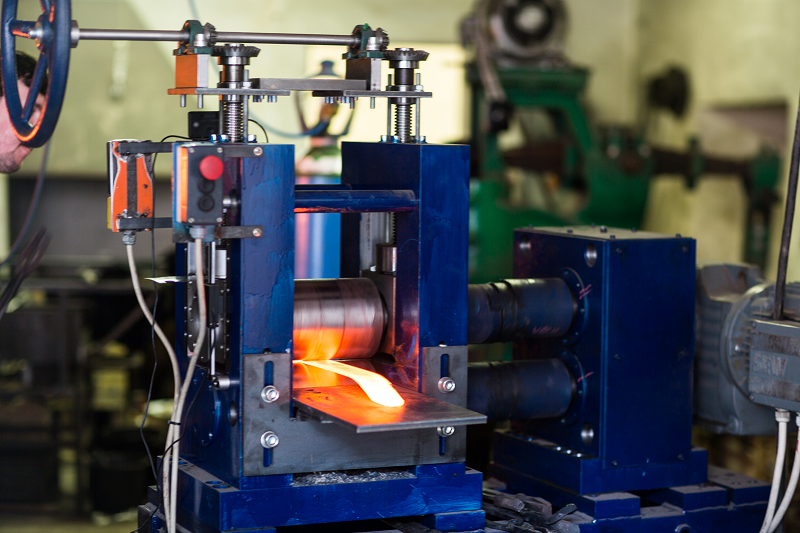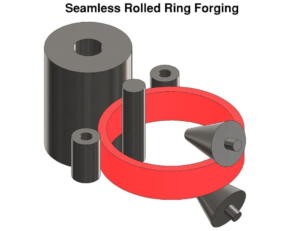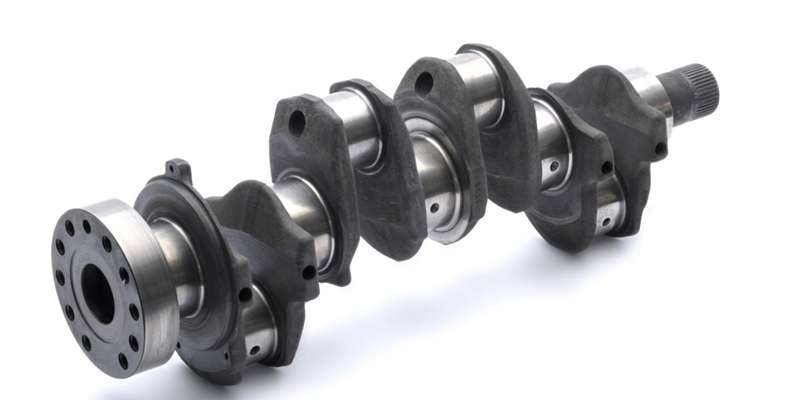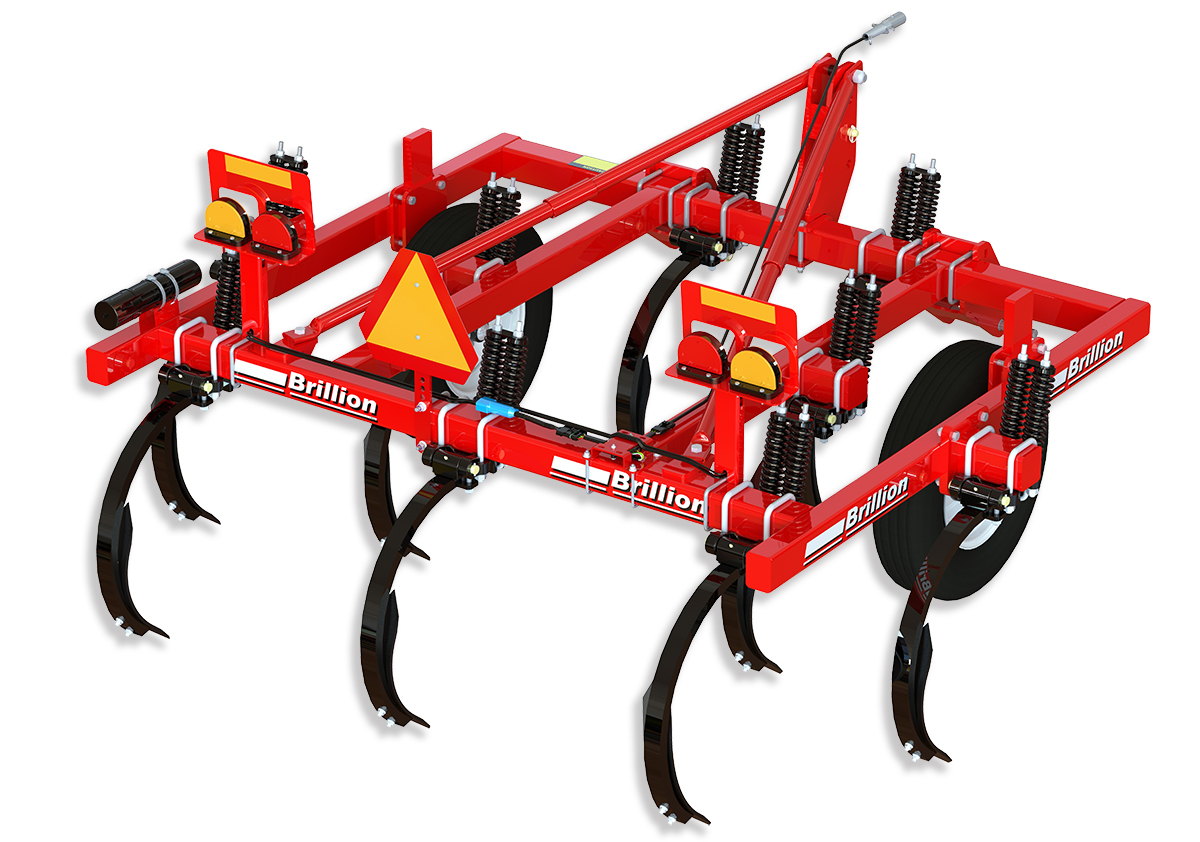Sand casting is one of the most widely used metal casting processes, utilizing sand-based molds to shape molten metal into a variety of forms. Its adaptability allows manufacturers to produce components ranging from small intricate parts to massive industrial structures. The process accommodates both ferrous and non-ferrous metals, making it highly versatile and widely adopted across different industries.

Key Properties of Molding Sand
The success of sand casting largely depends on the properties of the molding sand used. Each characteristic plays a crucial role in ensuring a high-quality final product.
Refractoriness: This refers to the sand’s ability to withstand extremely high temperatures without melting, cracking, or breaking down. Since molten metal reaches temperatures exceeding 1,000°C (depending on the alloy), the sand must remain stable to maintain the integrity of the mold cavity. If the sand lacks sufficient refractoriness, the mold can degrade, leading to defects in the final casting.
Permeability: When molten metal is poured into the mold, gases are generated due to reactions between the metal and the sand, as well as moisture present in the mold. Permeability ensures that these gases can escape through tiny air pockets in the sand. Without proper permeability, trapped gases could create porosity defects or air pockets in the final casting, compromising its strength and structural integrity.
Thermal Conductivity: This property determines how effectively the sand transfers heat from the molten metal to the surrounding environment. Uniform heat dissipation allows the metal to solidify at a controlled rate, reducing internal stresses and preventing warping or cracking. Poor thermal conductivity can result in uneven cooling, causing defects like shrinkage cavities or hard spots in the metal.
Flowability: The sand must be able to flow and fill every detail of the pattern without leaving voids or inconsistencies. Good flowability ensures that intricate designs and fine surface details are accurately replicated in the final casting. If the sand lacks this property, the mold may have weak spots or missing features, leading to rejected parts and increased material waste.
The Sand Casting Process
The sand casting method follows a structured sequence of steps, each playing a critical role in achieving a successful final product.
1. Pattern Creation
A pattern is an exact replica of the desired product, typically made from materials like wood, plastic, or metal. Patterns are often split into two halves, allowing for easy mold assembly. In some cases, additional allowances for shrinkage are incorporated into the pattern design to compensate for metal contraction as it cools. Properly designed patterns help minimize defects and ensure dimensional accuracy.
2. Mold Assembly
Each half of the pattern is placed inside a molding box (flask), where it is surrounded by sand and compacted to form a cavity. The two halves of the mold are called the cope (upper section) and the drag (lower section). Once the pattern is removed, the cope and drag are aligned to create a hollow space that matches the exact shape of the intended part. Proper mold assembly is crucial to avoid misalignment, which could lead to defective castings. Sand casting is a type of expendable mold casting that utilizes expendable sand molds to form complex metal parts.
3. Gating System Design
To ensure smooth and controlled metal flow, a network of passageways called the gating system is designed within the mold. The gating system includes:
Pouring Basin and Sprue: The pouring basin is the initial entry point for the molten metal, directing it into the sprue—a vertical channel that carries the liquid metal downward into the mold cavity. A properly designed sprue minimizes turbulence and prevents air entrapment, ensuring a defect-free casting.
Runners: These horizontal pathways distribute the molten metal from the sprue to different sections of the mold. Properly designed runners help regulate flow speed and prevent turbulence, reducing the risk of gas entrapment and surface defects.
Gates: These narrow openings control the flow of molten metal into the mold cavity. Gates are strategically placed to promote even filling, minimize turbulence, and reduce the likelihood of defects such as shrinkage or cold shuts (incomplete fusion of metal).
Risers: As the molten metal cools, it naturally shrinks. Risers act as reservoirs that hold additional molten metal, supplying it to the main casting to compensate for shrinkage. This helps eliminate voids or cavities in the final product, ensuring a stronger, defect-free component.
Cores: If the casting requires hollow sections or internal features, cores made of sand or other materials are inserted into the mold. These cores create voids in the final casting, allowing for complex internal geometries. Proper core placement is essential to maintaining dimensional accuracy and structural integrity.
4. Pouring the Molten Metal

Once the mold is prepared, molten metal is carefully poured into the gating system, filling the cavity. The pouring process must be controlled to prevent excessive turbulence, which can introduce defects like air pockets or oxidation. Operators monitor the flow rate to ensure even distribution throughout the mold.
5. Cooling and Solidification
After filling, the molten metal gradually cools and solidifies within the mold. The rate of cooling is critical in determining the final mechanical properties of the casting. If cooling occurs too rapidly, the metal may develop internal stresses or cracks. If it cools too slowly, shrinkage defects may form. Engineers often use simulation software to optimize cooling rates and avoid defects.

6. Shakeout and Sand Recovery
Once the metal has fully solidified, the casting is removed from the sand mold through a process known as shakeout. Vibrating machinery or manual methods break apart the sand, revealing the final metal component. The used sand is then processed and recycled for future molds, improving cost efficiency and sustainability.
Advantages of Sand Casting
Cost-Effectiveness: Sand is an abundant and inexpensive molding material, making sand casting one of the most affordable metal fabrication methods. The ability to reuse sand further reduces production costs, making it an economical choice for high-volume manufacturing as well as one-off prototypes.
Versatility in Material and Design: Sand casting can be used with a vast range of metals and alloys, including aluminum, iron, bronze, and steel. It is also highly adaptable to different part sizes and shapes, from simple solid structures to intricate components with complex internal cavities. This flexibility makes it a preferred choice across industries such as automotive, aerospace, and heavy machinery.
Scalability for Different Production Volumes: Whether for small-batch prototyping or large-scale industrial production, sand casting can be adapted to suit different manufacturing needs. The same setup can be used to produce custom single parts or thousands of identical components, providing manufacturers with scalable production options.
Limitations of Sand Casting
Rough Surface Finish: The inherent texture of sand molds often results in castings with a coarse surface finish. Additional machining, grinding, or polishing may be required to achieve the desired smoothness, increasing post-processing time and costs.
Dimensional Accuracy Constraints: Due to factors such as sand grain size and mold expansion, achieving extremely tight tolerances can be challenging. Components requiring high precision may need secondary machining to refine critical dimensions.
Mechanical Property Limitations: Compared to other casting methods like investment casting or die casting, sand castings tend to have higher porosity and lower mechanical strength. This is due to the air pockets and grain structure formed during cooling. Heat treatments and additional processing steps are often required to improve the strength and durability of the final product.
Conclusion
Sand casting remains a fundamental metal casting technique due to its cost-effectiveness, flexibility, and suitability for a wide range of applications. While it has some limitations, advancements in materials and process control continue to improve its reliability and performance. Whether for small-scale production or large industrial manufacturing, sand casting continues to be a valuable solution in the metalworking industry.





